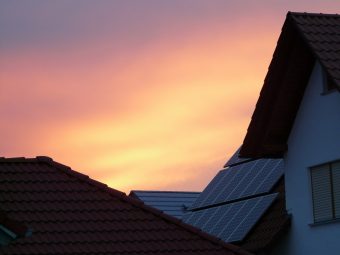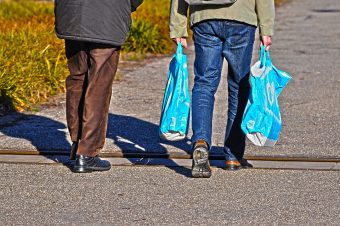
California just made history by becoming the first state in the Union to officially ban plastic bags. The California Plastic Bag Veto Referendum (Proposition 67) was approved by voters on Nov. 8 by a narrow margin of 51.97% in favor to 48.03% opposed. The narrow win came despite a $6 million campaign waged by the out-of-state plastic bag industry.
“California voters have taken a stand against a deceptive, multi-million dollar campaign by out-of-state plastic bag makers,” said Californians Against Waste (CAW) campaign co-chair, Mark Murray. “This is a significant environmental victory that will mean an immediate elimination of the 25 million plastic bags that are polluted in California every day, threatening wildlife.”
The writing was already on the wall for plastic bags in California, as San Francisco banned plastic bags in 2007 – with nearly half the state following suit soon after. The California State Legislature passed Senate Bill 270 in 2014, which was signed into law by Governor Jerry Brown. But, according to the Sacramento Bee, the American Progressive Bag Alliance led a campaign to repeal the bill, claiming it would kill thousands of jobs in a state and cost residents hundreds of dollars each year in bag fees.
Voters soundly defeated Proposition 65, a related measure that proposed an environmental fund created with the proceeds from a 10-cent fee on the sale of cloth and other alternative bags.
Source: inhabitat.com


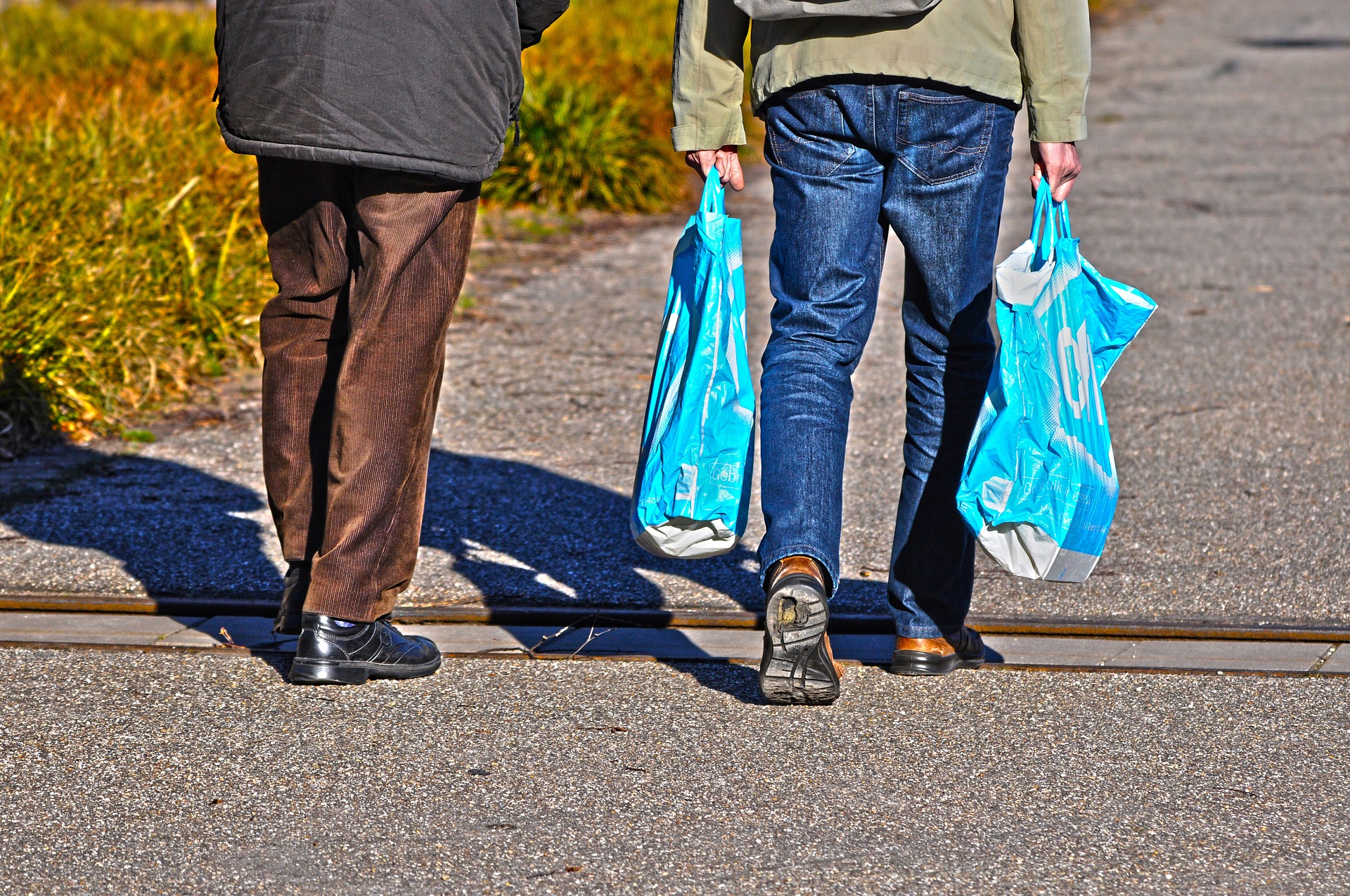
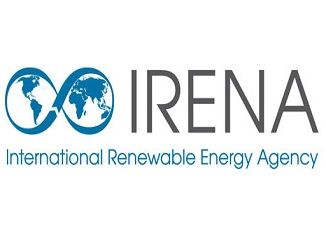
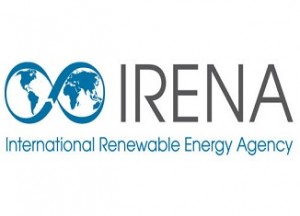

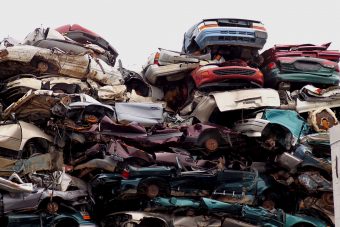


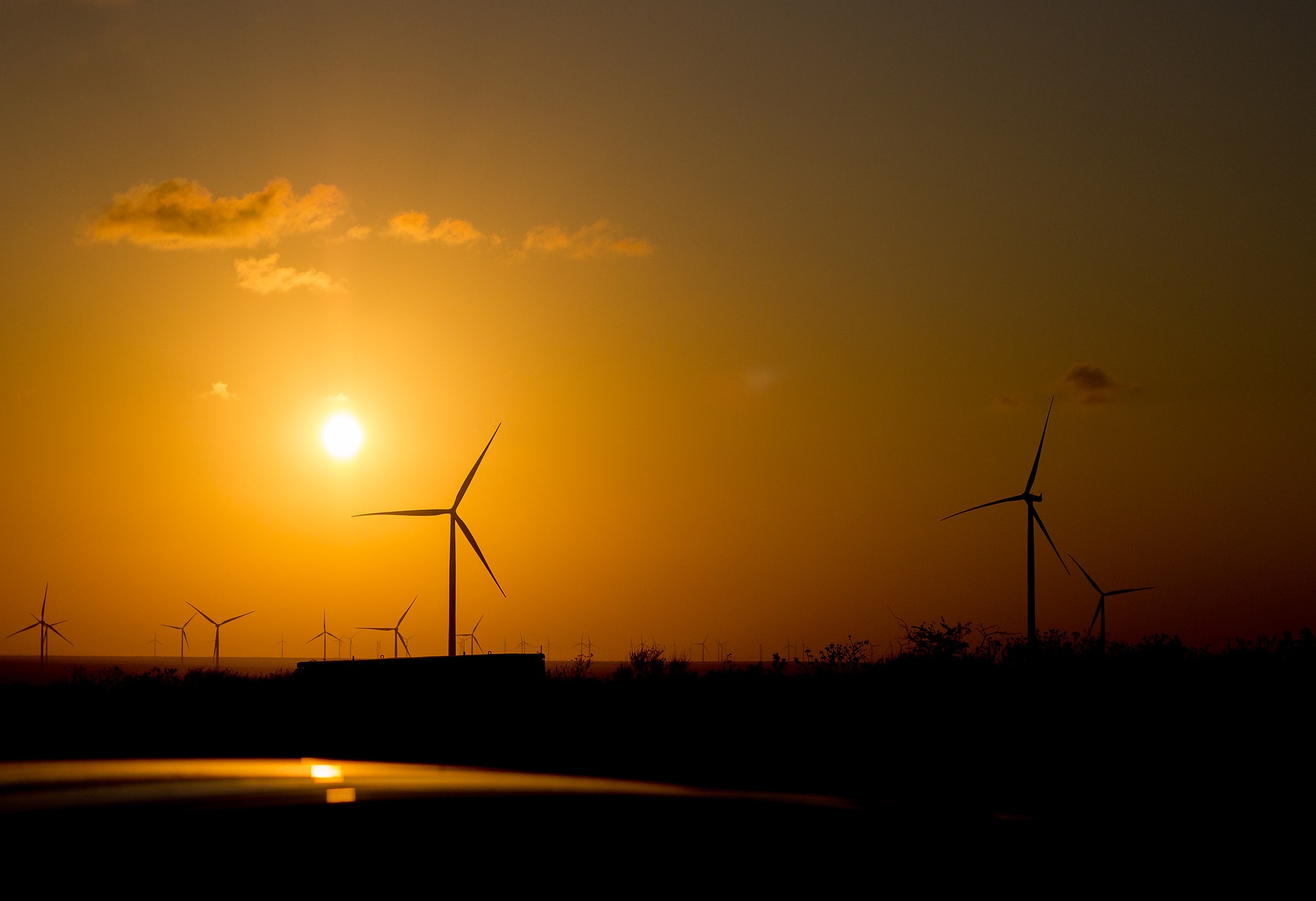




 The European Investment Bank (EIB) is supporting Gruppo Dolomiti Energia’s 2017-2020 development plan with a EUR 100m loan. The operation will be guaranteed by the European Fund for Strategic Investments (EFSI), the guarantee fund set up as part of the Investment Plan for Europe (IPE) – the so-called “Juncker Plan”.
The European Investment Bank (EIB) is supporting Gruppo Dolomiti Energia’s 2017-2020 development plan with a EUR 100m loan. The operation will be guaranteed by the European Fund for Strategic Investments (EFSI), the guarantee fund set up as part of the Investment Plan for Europe (IPE) – the so-called “Juncker Plan”.
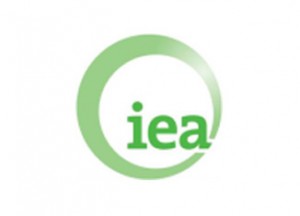
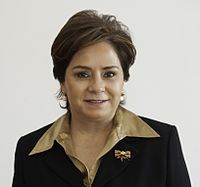
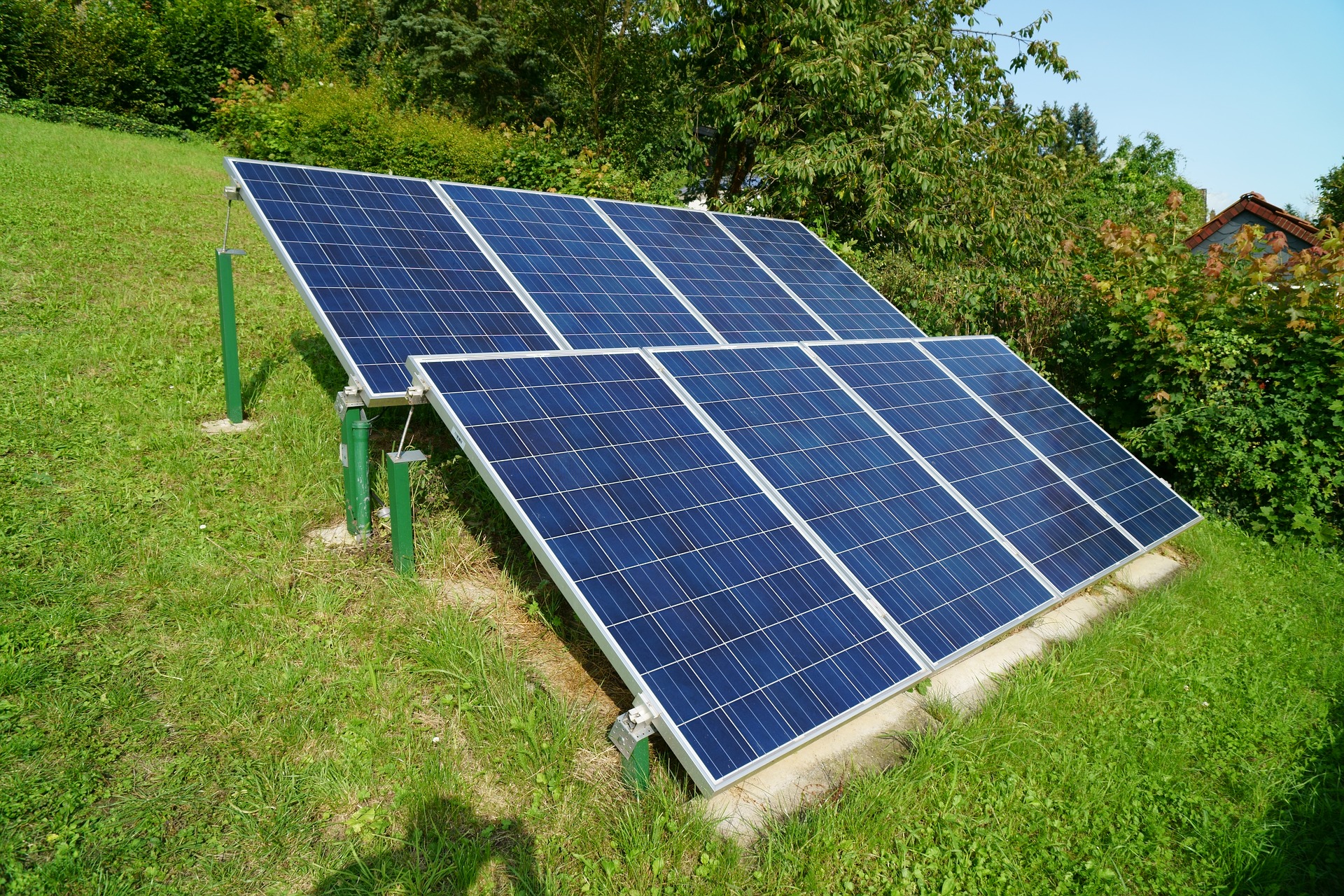
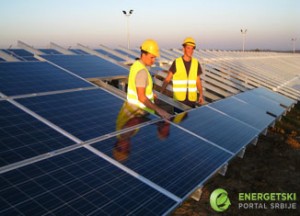

 At the 15th Belgrade Stock Exchange International Conference “Upgrade Belgrade 2016“ NIS showcased its accomplishments in natural gas production and inaugurated its Amine Plant, which was put on stream this year within the Plant for Preparation and Transportation of Oil and Gas in the town of Elemir.
At the 15th Belgrade Stock Exchange International Conference “Upgrade Belgrade 2016“ NIS showcased its accomplishments in natural gas production and inaugurated its Amine Plant, which was put on stream this year within the Plant for Preparation and Transportation of Oil and Gas in the town of Elemir.
